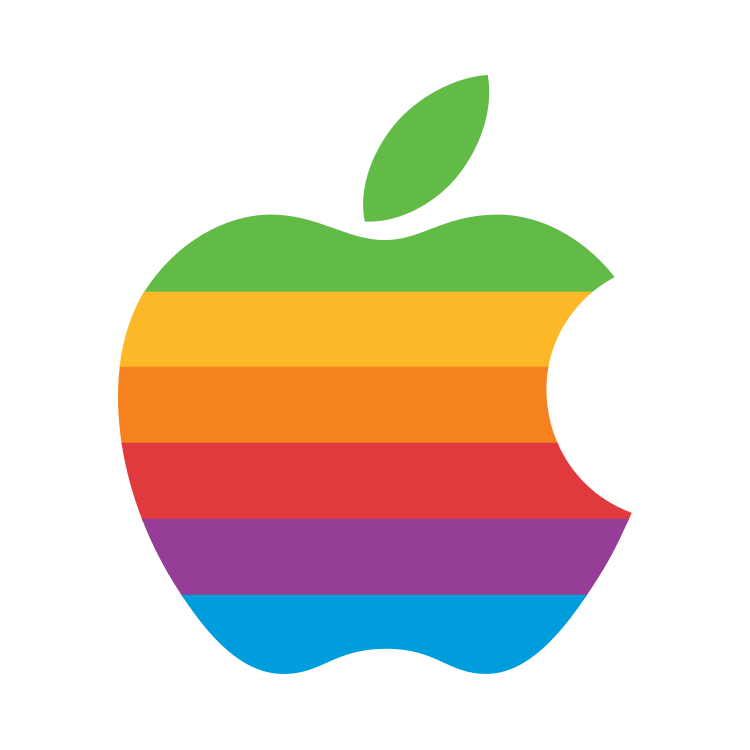This should be fixed in the lastest beta (beta 3). Are you completely sure you are on the latest release?.
- 0 Posts
- 8 Comments

 1·1 year ago
1·1 year agoTwo reasons.
A). A surprising amount of SDR apps do not flag their video output correctly when the Apple TV UI is set to HDR/DV, and therefore, either they do not switch dynamic range properly, or they do not map out correctly their video/color levels within an HDR signal/container.
B). Perhaps more importantly, the tvOS interface is not, I repeat, is not, natively rendered in DV. Therefore, when you set the default Apple TV video output to DV, a conversion from SDR video levels happens, which affects both color and accuracy.
In sum, set your Apple TV to 4K SDR 60hz, RGB High (to avoid the green tint bug with SDR content when set to the default YCBCR), and enable both range and frame rate matching. That’s it.

 1·1 year ago
1·1 year agou/GenghisFrog
Infuse is a great case of making exceptions pertaining not using the native player, yes.

 1·1 year ago
1·1 year agoso Infuse holds no real benefit for me.
The tvOS Plex app currently has a massive stack of issues, including a critical one that overheats the third gen Apple TV 4K with high bitrate 4K remuxes to the point that it chokes on them and stop playing (I´m not joking!).
Infuse does not overheat it because it uses the Apple TV hardware acceleration for every aspect of their custom player (Metal), whereas Plex still uses Open GL for quite a lot.
My recommendation at this point is to use Infuse instead. Yeah, its not free, but it uses the Apple TV hardware and feature set to its full potential, and performs so much better.

 1·1 year ago
1·1 year agou/Real-Apartment-1130
As far as UI design guidelines in general, no, I think variety is a good thing.
But the use of Apple native audio and video player should be absolutely mandatory, obligatory, a pre requisite when developing a tvOS app if only for one thing (besides fluid scrubbing and fast forward of a video using the Siri Remote).
You see, the native player of tvOS, starting with tvOS 16, automatically enables of all the audio and video core features of the Apple TV without the developer having to do anything else or implement them “manually” using the API´s. This was a huge and great change.
Critical things like frame rate and dynamic range matching, and additional ecosystem related features like spatial audio support for the Airpods, spatial audio aupport for the Homepods, all of that gets properly set up just by virtue of using the native player.
Therefore, it should be absolutely mandatory, in my book.
It´s completely fixed on tvOS 17.2 beta (just released).
FINALLY!
u/fool_hardie
It works system wide for all apps if you enable it from the Apple TV audio and video settings:
I tested myself with my own setup (Apple TV 4K first gen+ original stereo paired Homepods).
"Enhance dialogue in the currently playing video: Show playback controls, then select the Audio Options button and choose Enhance Dialogue from the pop-up menu.
Enhance dialogue for all videos: Open Settings on Apple TV, go to Video and Audio, and turn on Enhance Dialogue."
The HomePods achieve this because the “Default Audio Output” method (which require that both devices have to be in the same room within the home app) is not really AirPlay, but an ad-hoc dedicated network between them and the Apple TV created via AWDL (Apple Wireless Direct Link). That allows for real time audio to be transmited with no latency and surround sound support, including Atmos.
If you connect the Homepods trough the Apple TV control center they use Airplay and therefore have the same limitations that any Airplay speaker out there.